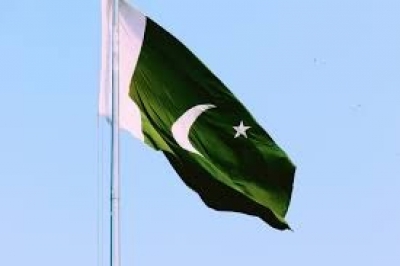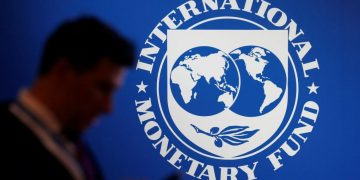Islamabad: Cash-strapped Pakistan’s trade deficit ballooned to $3.34 billion in September, marking a nearly 46 per cent increase from last year, official data showed, as imports surged and exports shrank, increasing pressure on the country’s fragile external sector and threatening currency stability.
The deficit, up from $2.29 billion in September last year, was fuelled by a 14 per cent jump in imports to $5.85 billion, while exports slid 11.7 per cent to $2.5 billion, The News reported Friday, citing data from the Pakistan Bureau of Statistics (PBS).
Compared with August 2025, the gap widened by 16.3 per cent. For the July–September quarter of the ongoing fiscal year, the trade gap swelled 32.9 per cent year-on-year to $9.37 billion.
Imports during the period climbed 13.5 per cent to $16.97 billion, while exports fell 3.8 per cent to $7.6 billion.
Economists warn the widening deficit could strain foreign reserves, fuel rupee volatility, and complicate debt repayments at a time when Pakistan is already dependent on external financing, according to the report.
The PBS data was released as the International Monetary Fund (IMF) is reviewing the progress on the conditions attached with a $7.1 billion Extended Fund Facility (EFF) and a $1.1 billion Resilience and Sustainability Facility (RSF) loans already granted to Pakistan.
The data showed the services trade deficit rising 21.9 per cent in August 2025, reaching $437 million against $358 million a year earlier.
While services exports rose 8.4 per cent to $672 million, imports grew faster at 13.4 per cent to $1.11 billion.
In the last fiscal year (July-June FY25), however, the services trade deficit narrowed 15.8 per cent to $2.62 billion compared with $3.1 billion in FY24, as exports of services improved 9.2 per cent to $8.4 billion while imports rose modestly by 2 per cent to $11 billion.
Independent economists say the ballooning goods trade gap, paired with renewed services import demand, underscores Pakistan’s structural export weakness.
Without aggressive steps to boost industrial competitiveness and diversify exports, the deficit could derail stabilisation gains made under the IMF programme.
Strengthening regional trade links, incentivising high-value exports, and curbing non-essential imports are seen as urgent measures to ease external sector stress.
Dr Khaqan Najeeb, former adviser to the Ministry of Finance, said Pakistan’s export model remains heavily concentrated in agriculture and textiles, which together account for the bulk of its $30–31 billion in annual exports.
This narrow base exposes the country to price swings, limited demand, and little room for innovation.
Dr Khaqan said that only by upgrading both the structure and the complexity of exports can Pakistan build resilience, raise incomes, and compete sustainably in global markets, according to the report.
PTI







































